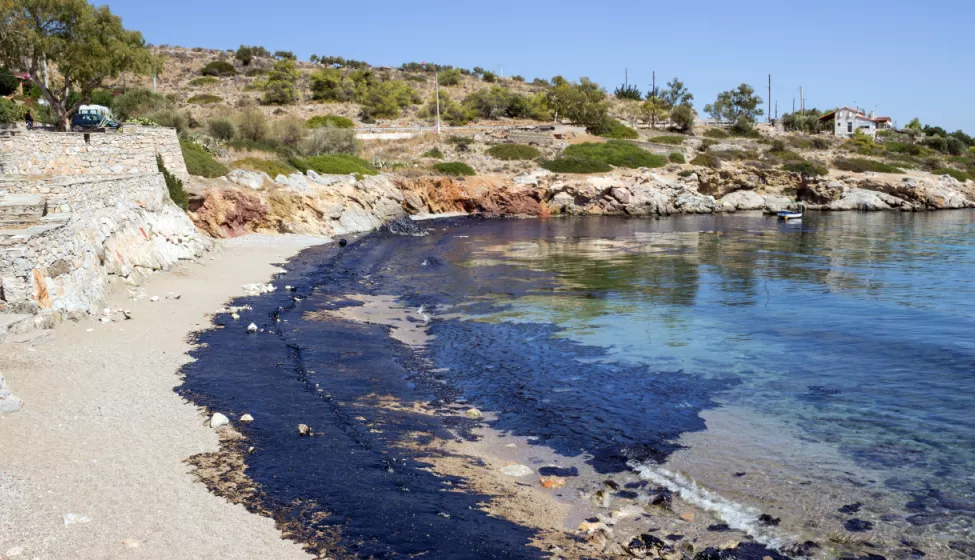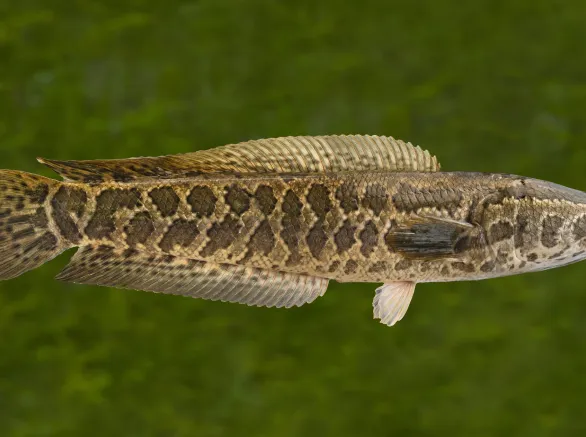July 15, 2021
Genetic information can reveal critical insights for environmental assessment
With rapid advances in genetic technologies making them more accessible and more affordable at scale, DNA-based techniques are beginning to be applied in natural resource damage assessments (NRDAs).
Genetic methods such as environmental DNA (eDNA) and population genetics may provide rapid, robust, and cost-effective approaches for measuring relevant metrics of injury and service loss at spatial and temporal scales not possible with conventional methods.
However, because the liability ramifications can be huge in NRDAs, these rapidly evolving technologies should be scrutinized carefully. Genetic assessment methods have limitations and are not always appropriate for assessment goals.
Genetic methods can answer key NRDA questions
eDNA can be useful for analyzing the effects of a hazardous chemical or oil spill on a species or entire community through the presence (or absence) of unique DNA signatures in samples of water and other environmental media.
At the species level, population genetics methods provide robust estimates of connectivity (how communities exchange genetic information), genetic diversity, and the size of populations across space and time. Together, both methods have the potential to provide key information for efficiently completing an NRDA.
During the early assessment stages of an NRDA, eDNA may provide a cost-effective approach to obtaining reference data on baseline biological characteristics. For instance, in the case of oil spills, rapid testing of waters ahead of a moving spill may provide important pre-spill baseline information on community composition.
At later stages in an NRDA, population genetics can address important questions about service reductions for key resources by quantifying changes in population size and genetic exchange between populations.
Limitations of eDNA and population genetics
The utility of genetic methods for NRDAs depends on knowing the limitations of applying a specific technique in a given situation. For example, although eDNA has been used to estimate species abundance (a key metric for estimating service losses in an NRDA), the species and conditions for which this is a robust and reliable method remain limited to situations with little environmental variability, such as fish in aquaria or small ponds.
Although it is possible to look at historical baseline (e.g., species diversity) using eDNA from sediment or soil cores, it may be difficult or impossible to obtain an adequate resolution of trends over time.
Similarly, the use of population genetics for NRDAs is also limited in certain situations.
While population genetics can provide robust estimates of (effective) population size, the uncertainty in these estimates increases with larger population sizes.
Population genetics methods also often require sampling individuals directly, which can be resource intensive, costly, and even harmful to some species.
Furthermore, without adequate knowledge of baseline genetic patterns before a chemical or oil spill, it can be difficult to determine whether the observed genetic differences between impacted and unimpacted sites reflect a causal impact or simply local variation that predated the impact event. Even if genetic changes could be causally linked to an event, the short- or long-term impacts of these changes on the population may remain unclear.
Despite these limitations, in some specific applications genetic tools may provide cost-effective and robust methods for answering key NRDA questions regarding injury and service loss compared to more conventional assessment methodologies. In the future, as analytical methods evolve and costs decrease, these tools may be suitable for routine environmental monitoring at sites to provide data on baseline biological conditions (communities, genetic diversity, etc.) that would be informative were a chemical or oil spill to occur.
How Exponent Can Help
Exponent scientists have direct experience with environmental applications of genetic assessment methods and continually track developments in this rapidly evolving field. As the use of genetic assessment methods becomes more commonplace in addressing environmental questions, their use in NRDAs will likely increase due to their ability to provide quantitative data on biological resources both rapidly and cost-effectively. Based on our knowledge of the science and extensive experience conducting NRDAs, we can advise clients on:
- Appropriate and inappropriate applications of genetic methods to resolve NRDA issues
- Assessing experimental methodologies and interpreting results
- Designing and conducting studies using suitable genetic methods to cost-effectively address key knowledge gaps regarding baseline, injury quantification, or restoration design.




